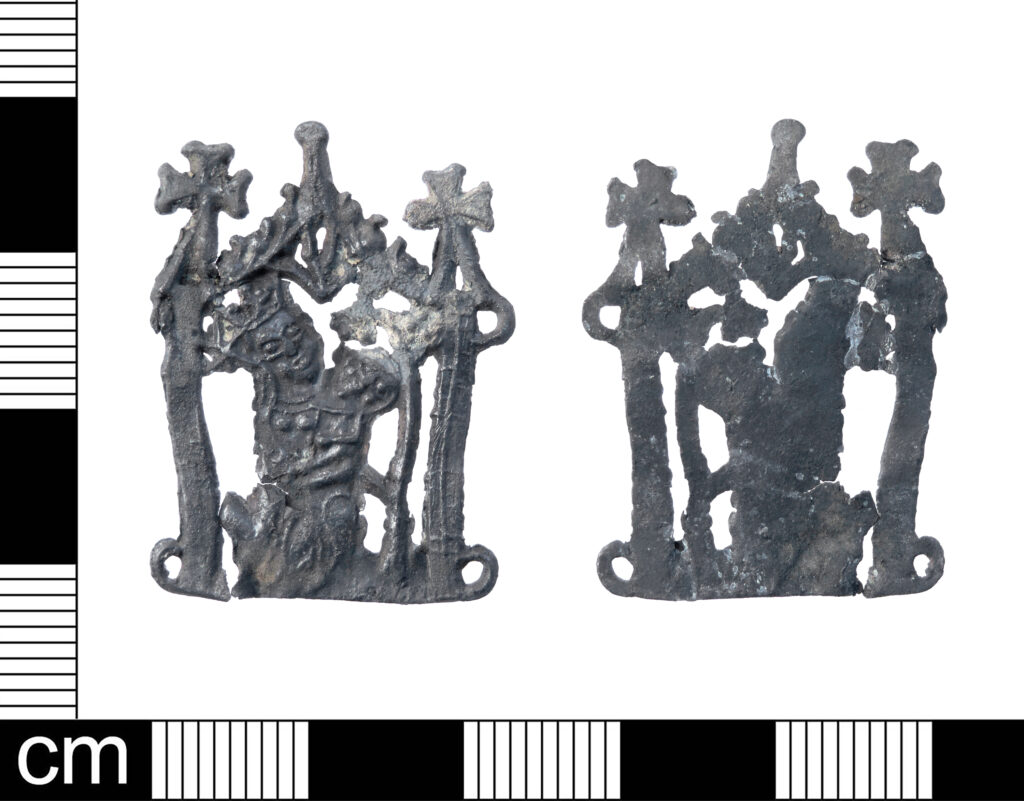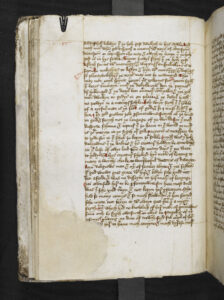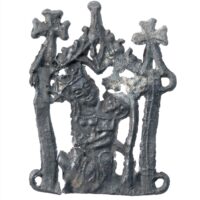In 1433 famous Norfolk mystic Margery Kempe left modern-day King’s Lynn for what is now Gdańsk in northern Poland. Her overland return journey turned into a pilgrimage that encompassed visits to major German sites at Bad Wilsnack and Aachen. However, artefactual evidence for English pilgrims having been to Poland has been non-existent – until now.
During data preparation for MeRit a particular badge caught my eye. While it features the Virgin and Child – a common device – distinctive elements, such as a star by Mary’s head, suggested that a cult centre might be possible to establish. It turned out that, according to current scholarship, this badge could be attributed to the cult centre of the Chapel of Our Lady on the Gollenberg – modern-day Góra Chełmska, near Kozsalin – and dated to the 15th century.

Further investigation, using project partner Kunera’s database, suggests that this could be the first Polish pilgrim badge found in England. While most Polish badges documented on Kunera have been discovered in Poland itself, some are known as far west as the Dutch coast. Interestingly, Kunera notes a connection between Góra Chełmska and Flanders, whereby a journey to this Polish shrine could be a punishment imposed on criminals in various Flemish cities. Now we have an English connection to the site, and to Poland more generally in the Late Middle Ages, to go with the famous journey of Margery Kempe.
Rob Webley


